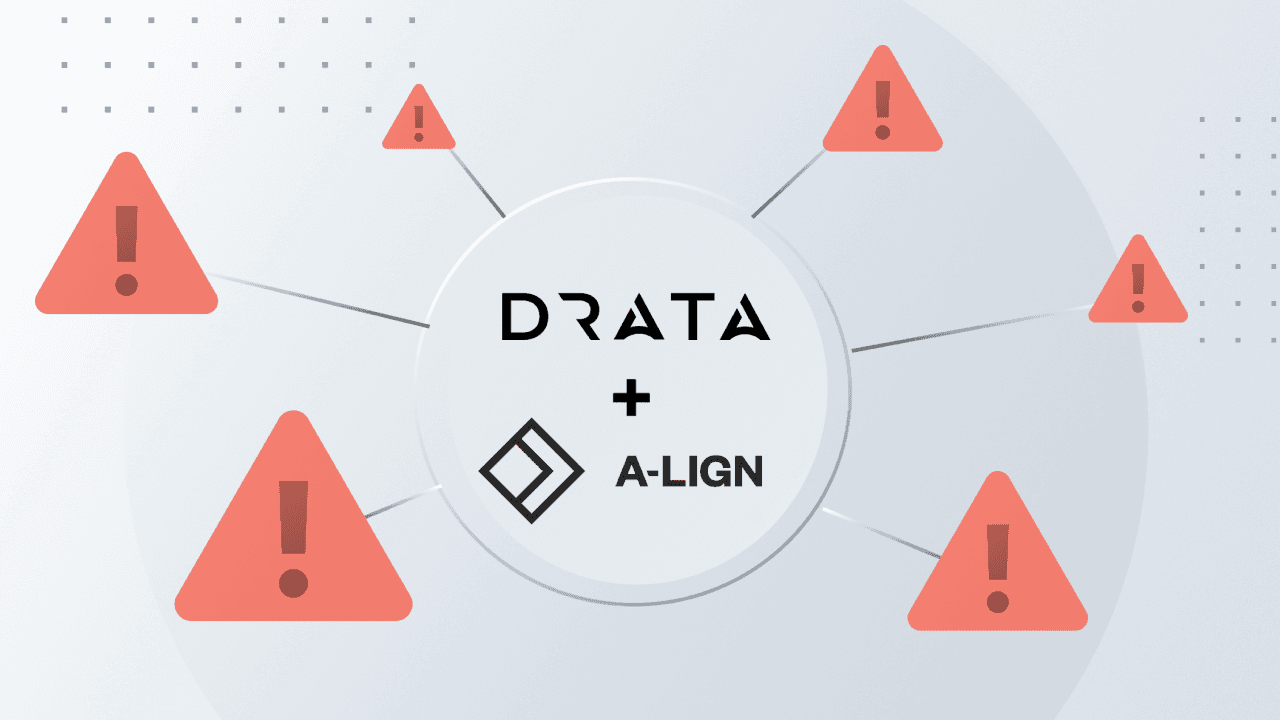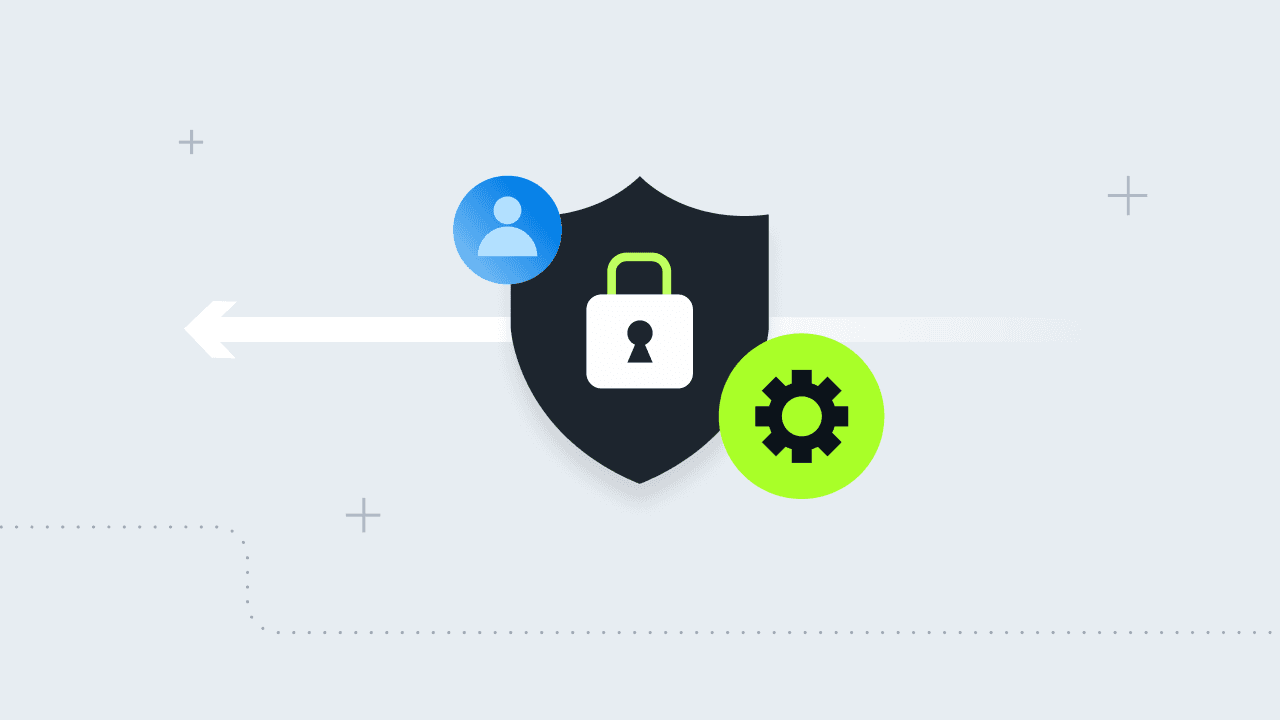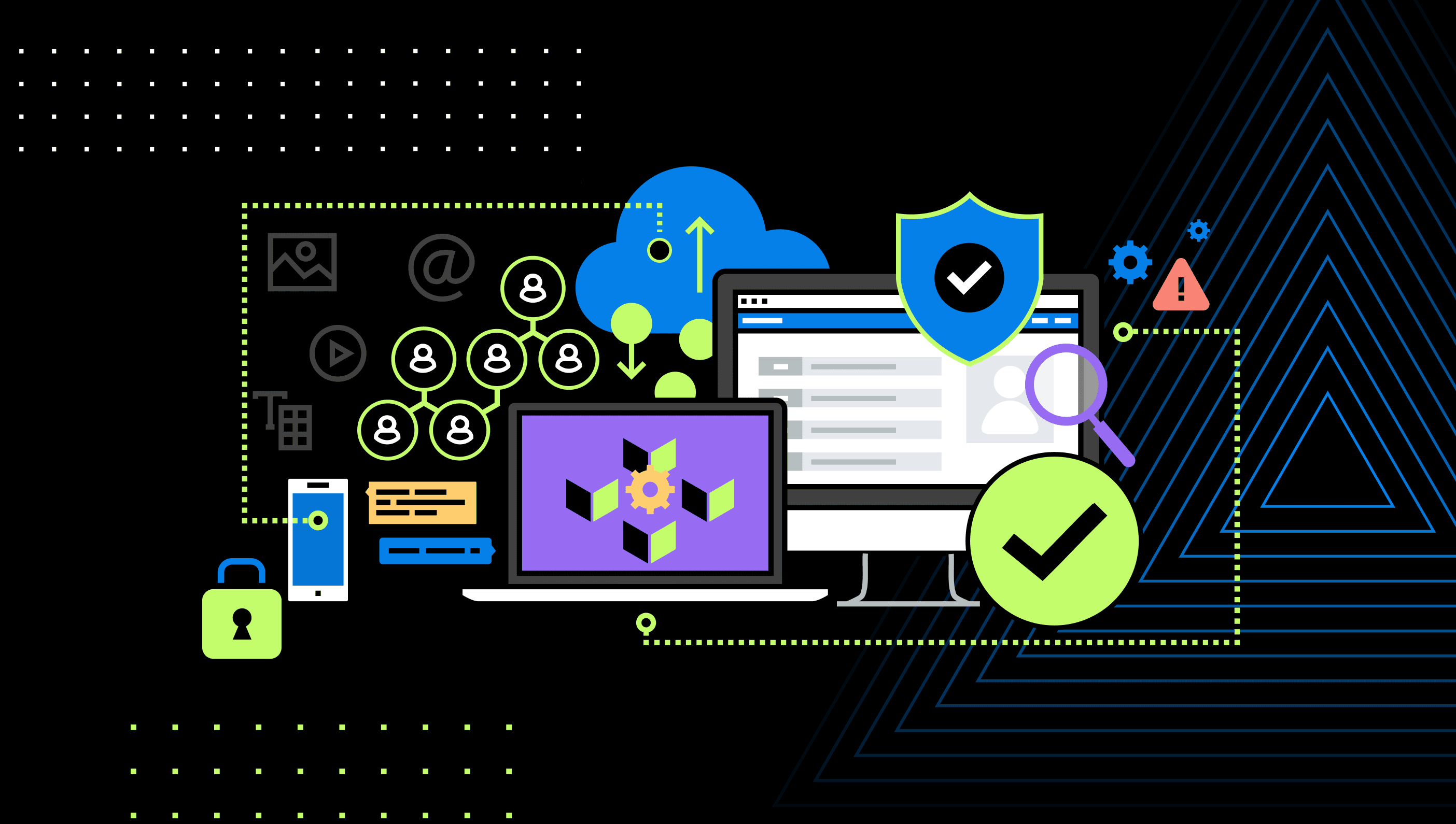4 Challenges in Shift-Left Compliance and How to Address Them
There are a few growing pains that come with implementing shift-left compliance that can be tricky to navigate. Here’s a quick look at some of the shift-left hurdles we’ve found and how to get over them.
More and more SaaS companies are shifting left—integrating compliance early in the development lifecycle to avoid having to go back and make changes later on down the road. This approach has several benefits, including reduced risk, improved product quality, and accelerated time to market. Who can complain?
Of course, there are a few growing pains that come with implementing shift-left compliance that can be tricky to navigate. Here’s a quick look at some of the shift-left hurdles we’ve found (and how to get over them):
1. Understanding Shift-Left Compliance
Defining and explaining the concept of shift-left compliance can be difficult for organizations new to the approach. Traditionally, compliance has been viewed as a checkpoint at the end of the software development lifecycle, often leading to last-minute rushes to bolt on requirements.
This often results in compliance issues being identified too late in the process, causing delays, increased costs, and potential risks. As organizations strive to be more agile, integrating compliance activities early in the development lifecycle becomes extremely advantageous. However, shifting this mindset and redefining processes can be challenging, especially for teams unfamiliar with shift-left compliance.
The Solution:
There are a few tools you can use to get your team fully briefed on what it means to shift left:
Provide clear definitions, examples, and resources to help teams understand the shift-left compliance model.
Use case studies of successful shift-left compliance implementation to highlight how shifting left allowed them to achieve faster time-to-market and reduced risks.
Offer tools and technologies that facilitate compliance automation like Compliance-as-Code.
Develop a culture of collaboration between development, operations, and compliance teams. Encourage leaders and compliance champions within the organization to facilitate agile relationships.
2. Cultural Resistance
It’s natural for employees to want to stick to what they know, and most development teams are used to waiting to worry about compliance. It’s not uncommon for organizations to be faced with a bit of resistance from both engineers and GRC professionals when trying to shift left. Teams may fear that this shift could lead to additional workloads, slow down development cycles, and require substantial changes to established workflows—all valid concerns.
The Solution
There are a few ways to get your team on board with shift-left compliance:
Secure leadership support: Ensure that leadership at all levels actively supports the shift-left compliance initiative and clearly communicates how it aligns with organizational goals, such as enhancing product quality and reducing time-to-market.
Demonstrate value: Show how early compliance integration can lead to fewer defects, faster delivery times, and improved security outcomes. Share case studies or data from other organizations that have realized these benefits.
Keep open communication: Foster open communication between development, operations, and compliance teams. Regular meetings, workshops, and feedback sessions can help address concerns, clarify expectations, and build a sense of collaboration and trust.
Celebrate successes: Recognize and celebrate milestones achieved through shift-left compliance initiatives, and highlight individual and team contributions.
3. Resource Constraints
Limited resources and budget constraints can significantly impact the adoption of shift-left practices. Organizations often struggle to allocate the necessary time, personnel, and funding to integrate compliance activities early in the development lifecycle.
This challenge is compounded by the need to balance shift-left initiatives with other development priorities, such as feature enhancements and product releases.
The Solution
Prioritize resource allocation by emphasizing the long-term benefits of early compliance and advocating for investment in necessary tools and training. Here’s how organizations can get leadership buy-in to address resource constraints:
Save money: Highlight how early compliance integration can lead to significant cost savings by reducing late-stage defects, minimizing rework, and avoiding penalties for non-compliance.
Mitigate risk: Explain how shift-left compliance reduces the risk of security breaches, data leaks, and regulatory fines, which can have substantial financial and reputational repercussions—don’t be scared to mention the cost of non-compliance.
Strategic alignment: Show how investing in compliance supports broader business objectives and drives competitive advantage. Align shift-left compliance initiatives with organizational goals, such as improving product quality, enhancing security, and accelerating time-to-market.
4. Integration Into Existing Workflows
Development teams often work within established workflows that prioritize speed and efficiency, and introducing compliance activities can be perceived as disruptive. Additionally, existing tools and processes may not support the integration of compliance checks, leading to concerns about increased complexity and potential bottlenecks. This challenge is compounded by the need to ensure that compliance activities do not slow down development cycles or hinder innovation.
The Solution
Utilize DevOps practices to integrate compliance checks into the CI/CD pipeline and automate compliance testing to streamline the process. Here's how organizations can achieve seamless integration:
Automated testing tools: Use automated testing tools and frameworks to perform compliance checks at various stages of development.
Map processes: Map existing workflows to identify points where compliance activities can be integrated without disrupting the overall process.
Integrate CI/CD: Integrate compliance checks into the Continuous Integration/Continuous Deployment (CI/CD) pipeline to automate testing and validation. This includes incorporating security scans, code quality checks, and compliance audits as part of the build and deployment process.
Evaluate tools: Consider using tools that offer built-in compliance features, such as static code analysis, vulnerability scanning, and configuration management.
Support mechanisms: Establish support mechanisms, such as compliance champions or internal help desks, to assist teams in navigating compliance challenges and resolving issues quickly.
Overcoming the challenges associated with implementing shift-left compliance is crucial for organizations aiming to stay competitive. Shift-left compliance not only reduces the risk of costly compliance issues emerging late in the development cycle but also enhances overall operational efficiency by preventing bottlenecks and enabling faster time-to-market. Embracing these practices helps organizations build trust with stakeholders and customers by consistently delivering compliant and secure software solutions.
For more industry insight, subscribe to our biweekly newsletter, Trusted.





